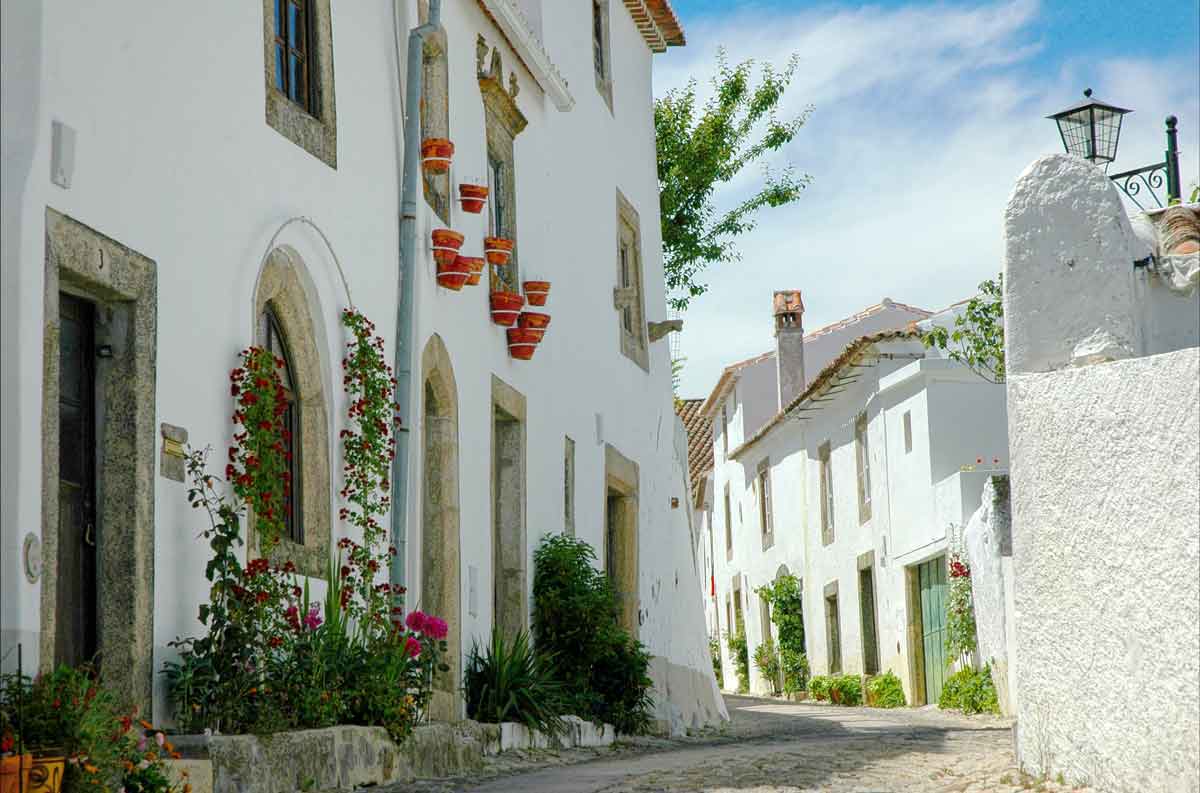Over time, the world has become increasingly more conscious of a need to protect and preserve the environment. People are more environment-conscious now than they have ever been before. With this awareness, several new words and phrases have made their way into the present-day vocabulary. Being familiar with these words and phrases are extremely important for one to be able to understand the discussion and debate relevant to the current climate crisis.
In this article, however, we will explore the terminologies and jargon relevant to eco-friendly buildings with aims of broadening the breadth of knowledge in this regard. Not only will this allow us to be better informed of our current household situation, possible choices, and their potential impact on the environment, but will also help us play our part in deciding on and adopting the best environment-friendly practices.
Read more below!

Jump to:
General Environment-Friendly Terminology and Jargon
While there are a lot of eco-friendly terms and jargon that are associated with eco-friendly buildings, we will discuss the most prevalent ones.
1. Indoor Air Quality
Indoor Air Quality, often denoted as ‘IAQ’, describes the quality of air inside and around a building with respect to its impact on the health and wellbeing of the building occupants. This indoor air quality can be undermined by physical, chemical, and biological materials such as dust particles, carbon monoxide, and moulds, respectively.
2. Carbon Emissions
Carbon emissions refer to the release of carbon dioxide gas into the atmosphere as a result of natural or human activities. These emissions are commonly produced by cars and factories, but can also be produced by oceans and respiration. Large amounts of these emissions contribute to climate change.
3. Sustainable Design
Also known as green design, sustainable design involves environment-conscious designing of infrastructure and products that focus on minimising and eliminating energy losses, waste, and the harmful impact of our buildings on the environment.
4. Zero Carbon House
Also known as ‘Zero Energy House’, a zero-carbon house is a term used to describe a house that has zero net carbon emissions. In simpler words, such a house generates its energy through renewable means such as solar panels and effectively utilises it with minimal energy losses. Carbon offsetting is also employed to reduce carbon emissions.
5. Insulation
- Expanded Polystyrene (EPS) EPS is a lightweight, plastic material that is primarily used for insulation. It is relatively cheaper than other types of insulation but offers only mediocre insulation.
- Polyurethane (PUR) PUR insulation is a type of insulation that functions as a closed-cell spray foam insulation. It is produced by a combination of two different liquid chemicals that expand into foam froth on application. This type of insulation is great for filling in cavities and sealing off places to stop draughts.
- Polyisocyanurate (PIR) PIR insulation is similar to PUR, except that the foam-froth is generated by two different chemicals. Both PIR and PUR are commonly used in household insulation because of their ease of application and ability to bind to a range of materials.
6. Lighting
- Light Emitting Diodes (LEDs) These are energy-efficient bulbs that use 75% less energy than traditional light bulbs. Not only this, but these also last longer, are more durable, and emit very little heat.
- Compact Fluorescent Lamps (CFLs) CFLs were one of the first energy-efficient bulbs to hit the market. While they are a better option than your traditional bulbs and can allow for great cost savings, CFLs have a shorter bulb life compared to LEDs, are not as energy-efficient, and can be harsh on the eyes.
- Energy Rating This is a rating assigned to an electrical appliance according to the amount of energy it uses. Each appliance is rated on a scale of A to G. The appliances that use the least energy are rated A; whereas, the appliances that use the highest energy are given a rating of G.
7. Heat Transfer
When it comes to heat transfer, insulation, and thermal conduction, you will come across quite a few technical terms. Some of these are described below.
- R-Value The R-value of a material denotes its ability to resist heat transfer. The higher the R-value of a material, the greater its ability to block heater transfer (or insulate). It is a value commonly assigned to insulating materials, and a building’s components such as windows or walls.
- U-Value The U-value, or thermal transmittance, of a material, is a measure of heat transfer through it. If a material is a high U-value, it means that it has a greater ability to transfer heat and a lower ability to block it. Therefore, it is the opposite of R-value.
- K-Value This is the thermal conductivity of an object. A high thermal conductivity entails a higher ability to transfer or conduct heat. What you should understand from this is that materials with a high K-value are poor insulators.
8. Condensation
- Relative Humidity – Relative Humidity (RH). Relative Humidity is the amount of water vapour in the air, expressed as a percentage of the total water vapour air can hold at a given temperature.
- Dew Point – When the Relative Humidity is at 100%, the temperature is said to be at its ‘Dew Point’. When water vapour comes into contact with a surface or object that has a temperature equal to, or below, the dew point, it condenses into liquid its liquid state.
9. Solar Panels
Solar panels can be classified into types based on how the energy produced by them is utilized.
- Photovoltaic (PV) Solar Panels – This type of solar panel harness light energy to generate electricity.
- Solar Thermal Panels – The energy harvested from these solar panels is solely used to heat water.
The words and phrases you will find here are only a small portion of the vast and extensive vocabulary that is used within the sphere of eco-friendly homes and buildings. Nevertheless, these are some very common terminologies and jargon that you should be aware of to better understand how to create a sustainable and environment-friendly living space.
Can Clay Paint Be Used on Lime Plaster? – Breathable Paint Guide
Yes, clay paint can be used on lime plaster. It’s a highly breathable paint type, making it an effective alternative to lime based paints or limewash. In this guide, we’ll explain why clay paint [...]
Does Lime Plaster Need a Primer Before Painting?
Lime plaster is a natural, breathable substrate. It’s vital to use a suitable paint for lime plaster however you generally don’t need a primer before painting if you’re using a natural breathable paint. That [...]
Best Exterior Lime Render Paint – Breathable Options for Traditional and Eco Homes
If your home has lime render, or you are renovating a heritage or listed property to restore its original breathable finish, choosing the right exterior paint for the lime render is crucial. Lime render [...]
What is Breathable Paint and Where Can I Use It?
Breathable paint has been used in homes for centuries. It helps regulate humidity within the building, allowing moisture in walls and air to escape rather than become trapped. If you live in a heritage [...]
How to Apply Limewash Paint to Walls
A simple, step-by-step guide for traditional and modern lime finishes Limewash is one of the oldest and most natural wall finishes, but it’s important to understand how to apply limewash paint to your walls [...]
What is Lime Paint & Where Best to Use It?
Lime paint is a natural mineral paint made from slaked lime (also known as calcium hydroxide), water, and natural pigments. Unlike conventional paints, it contains no synthetic binders or petrochemical additives. It's an environmentally [...]

Hi! I’m Chris, the founder of The Organic & Natural Paint Co, and I’m focused on the education and promotion of natural non toxic alternatives to chemical laden everyday products that we just take for granted. We have a choice, and I want to raise awareness of alternative products that don’t actually harm us!
This company is my way of pushing the awareness of better indoor air quality, something that I am personally passionate about due to my own children’s breathing medical conditions. I just couldn’t paint with big brand standard petrochemical paint any longer and wanted another solution.
Read more: About me
Twitter: NaturalPaintCo
Instagram: cleanairclubofficial


